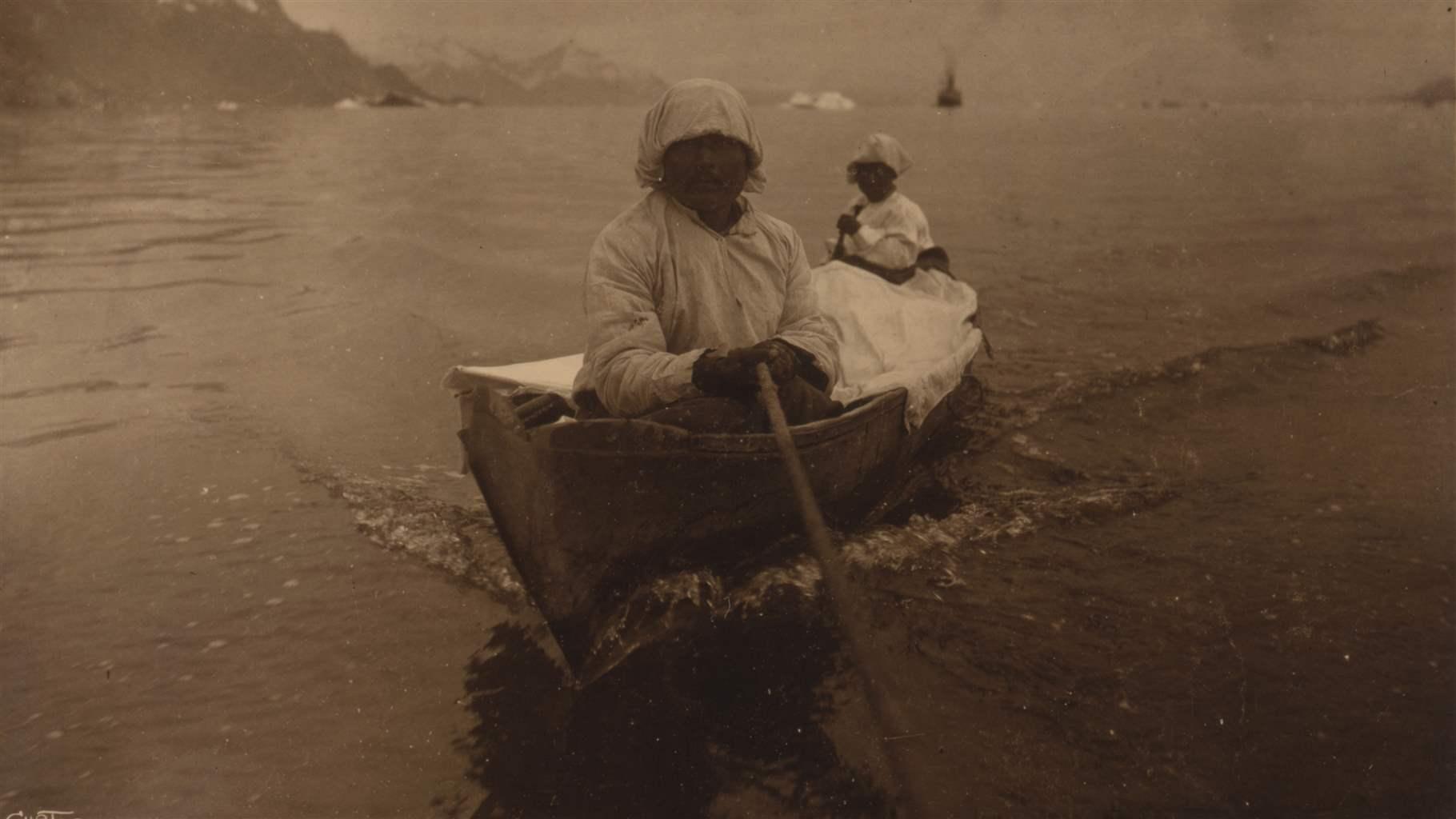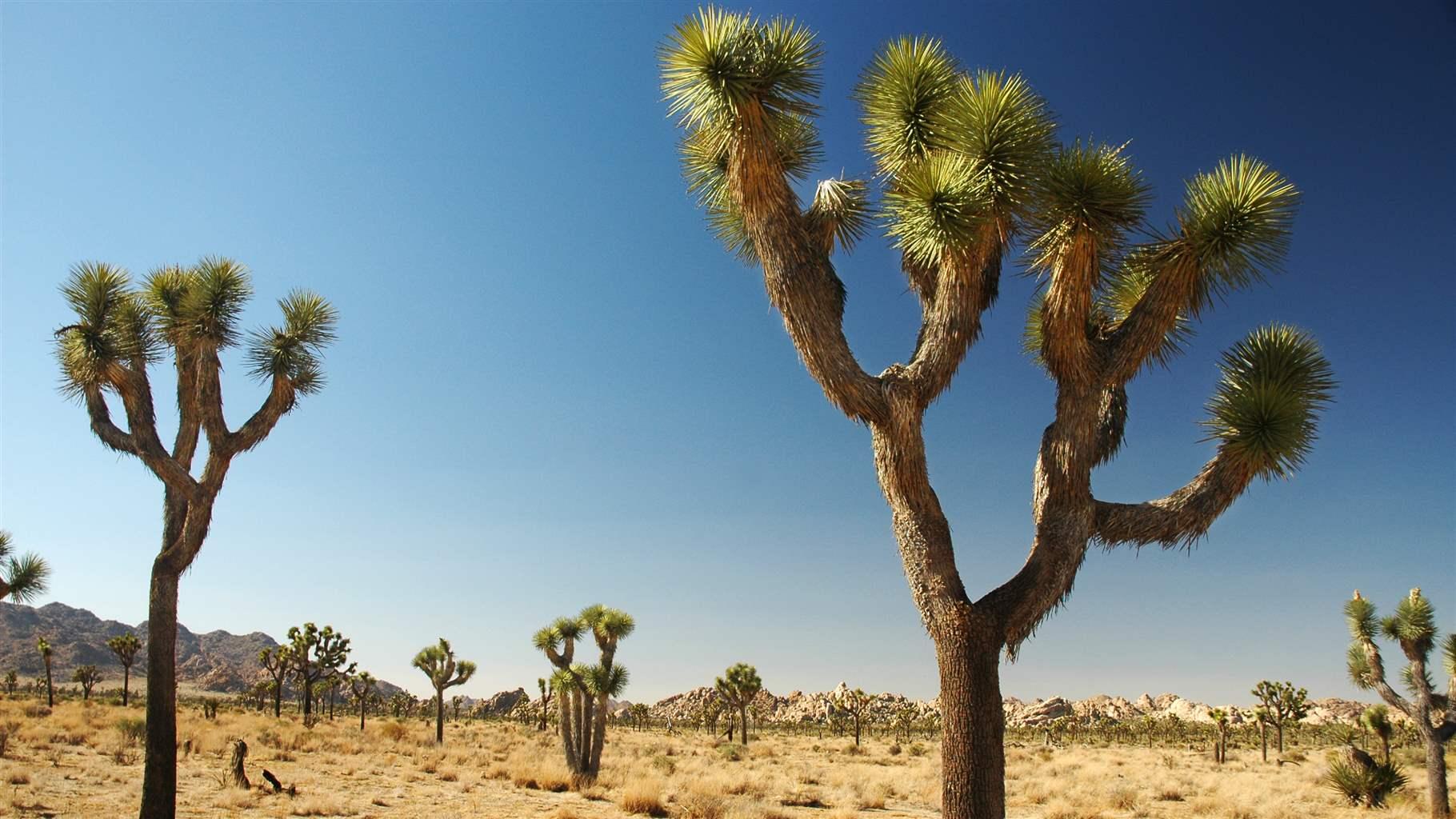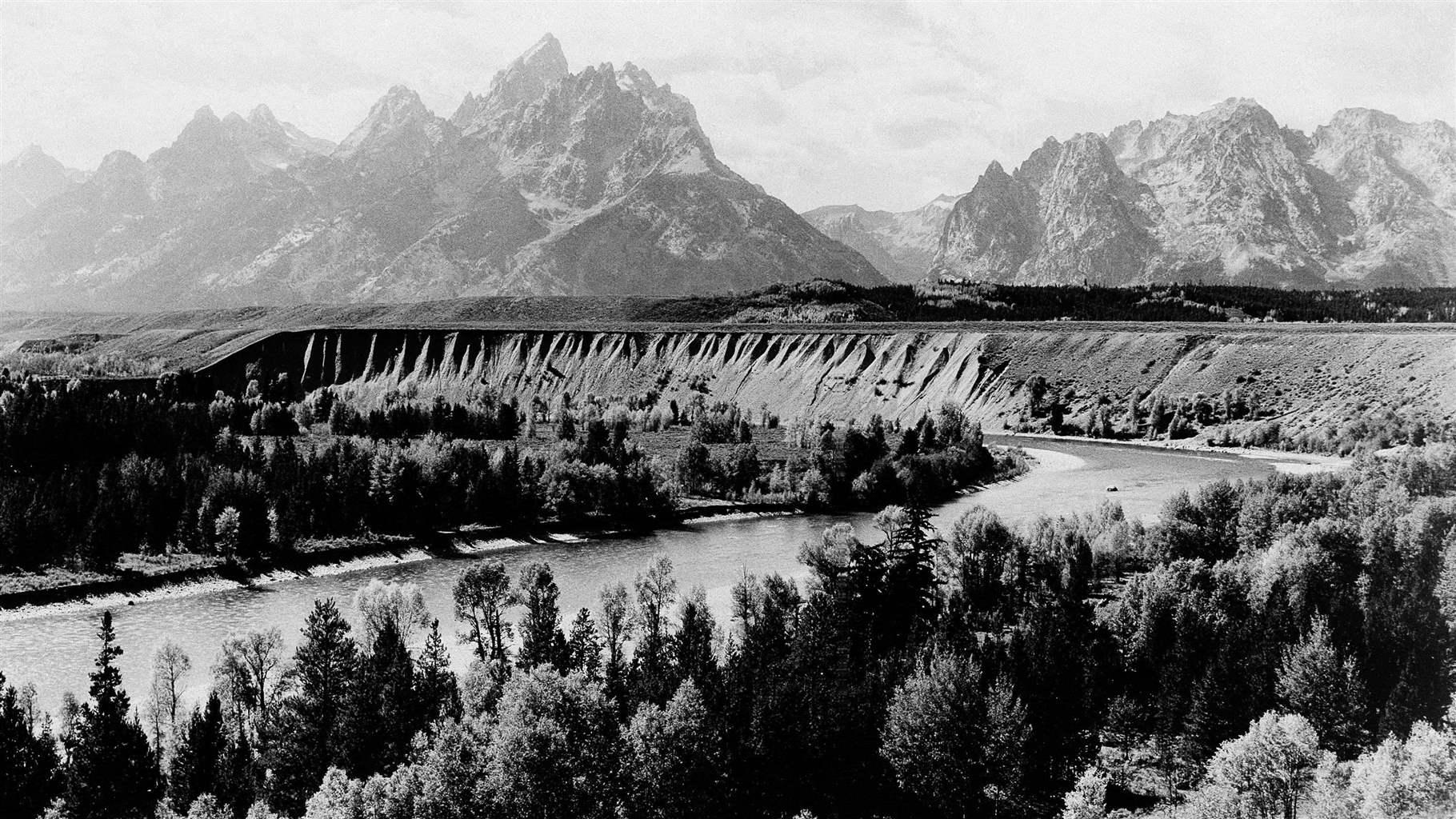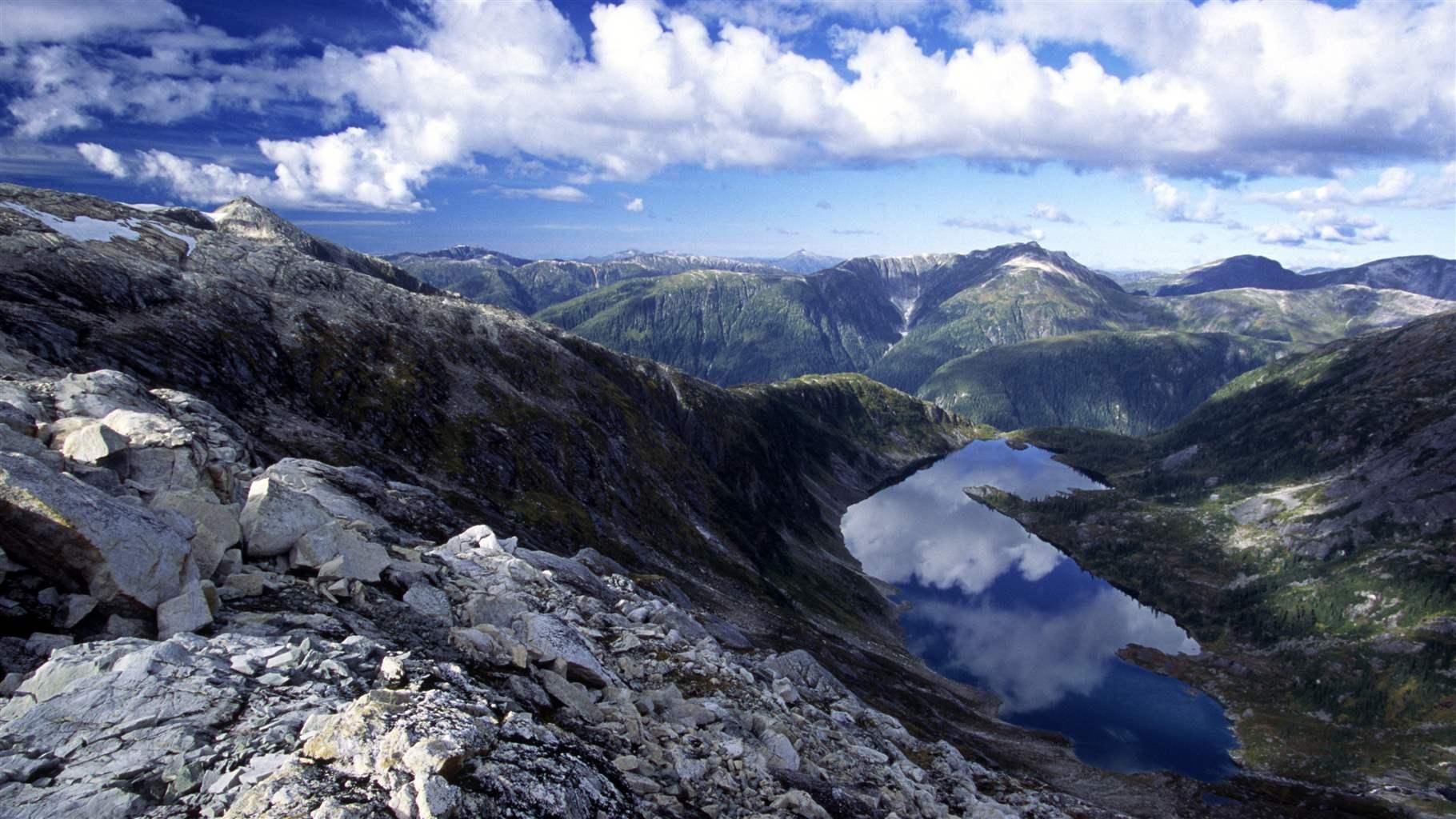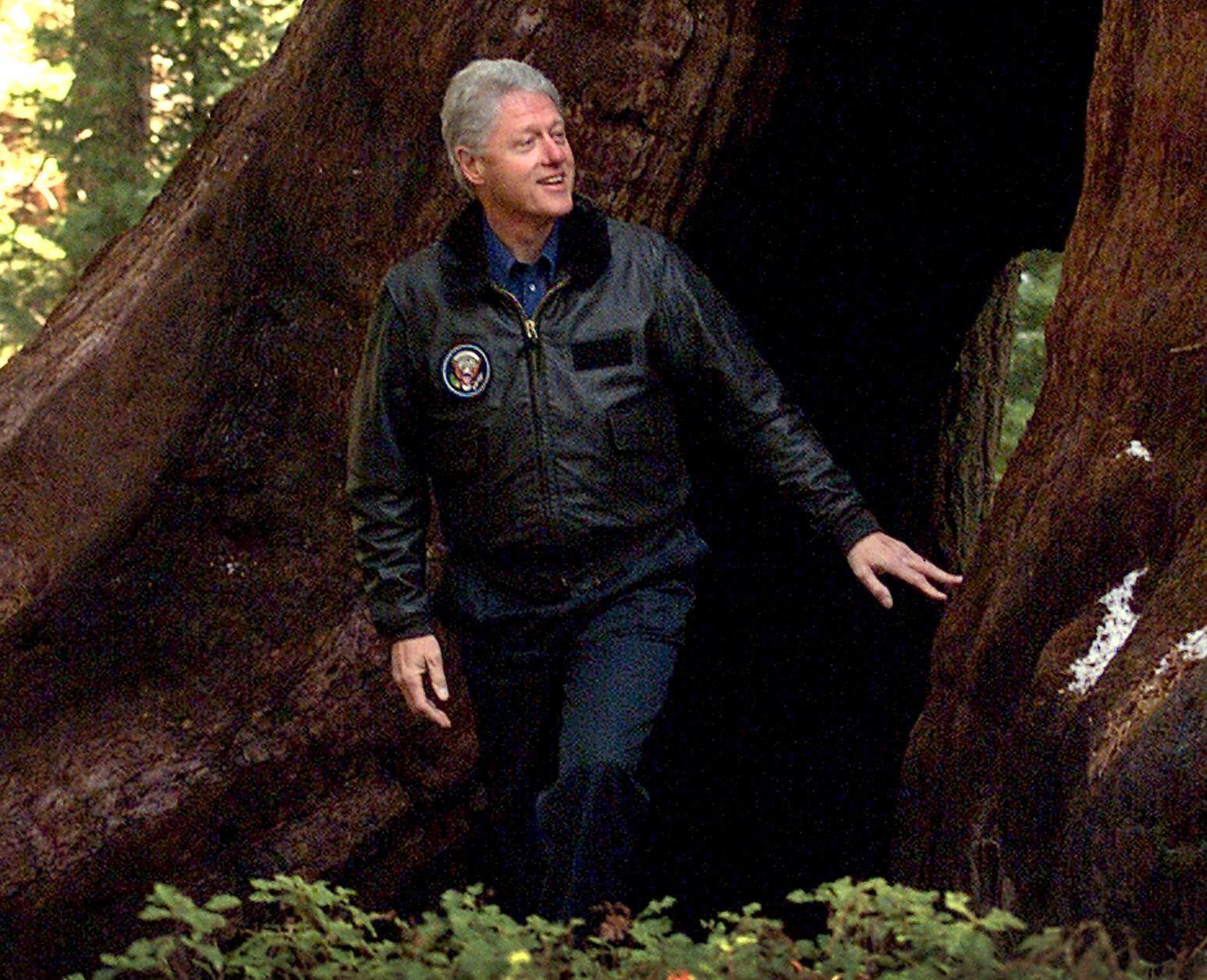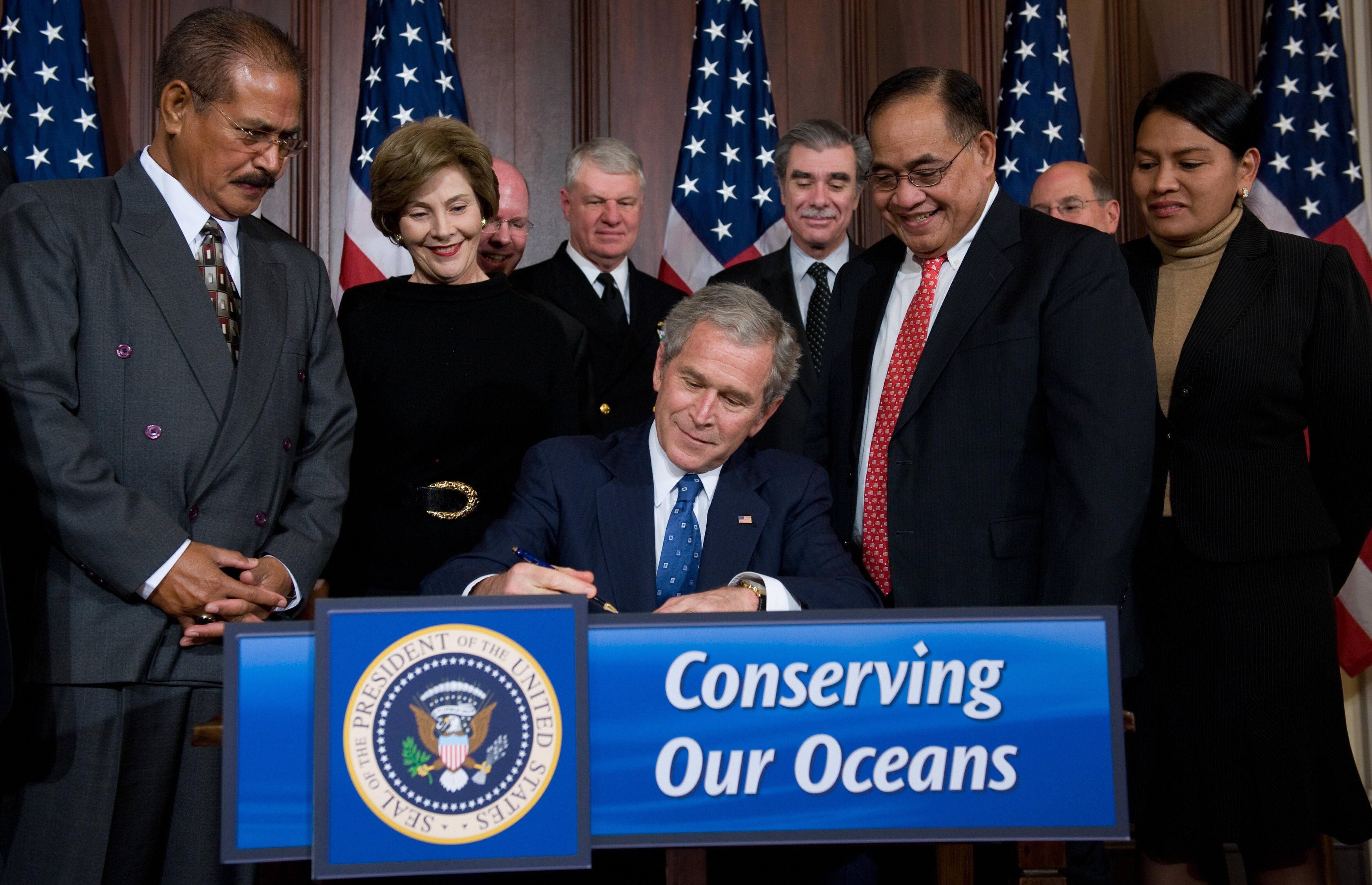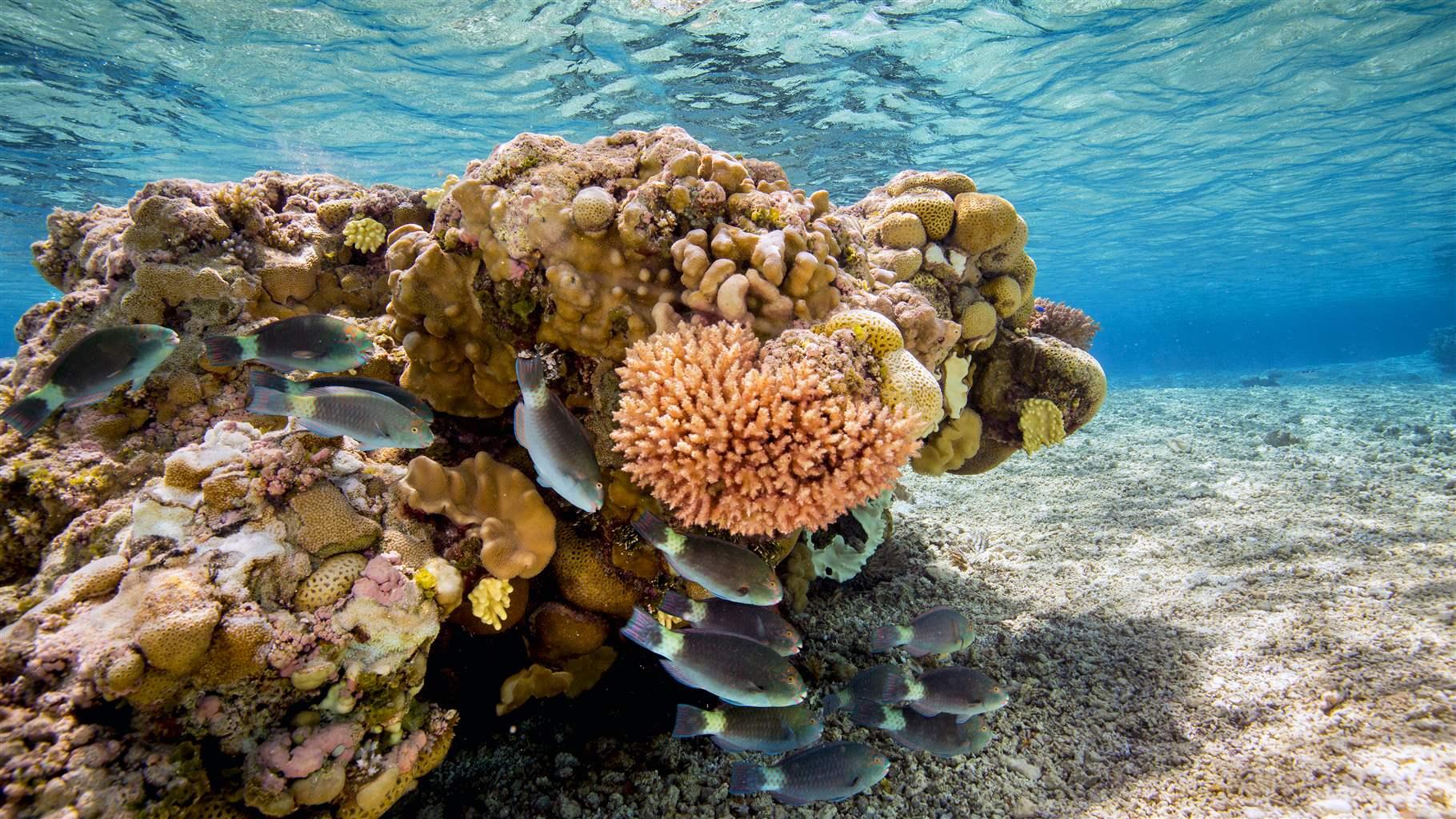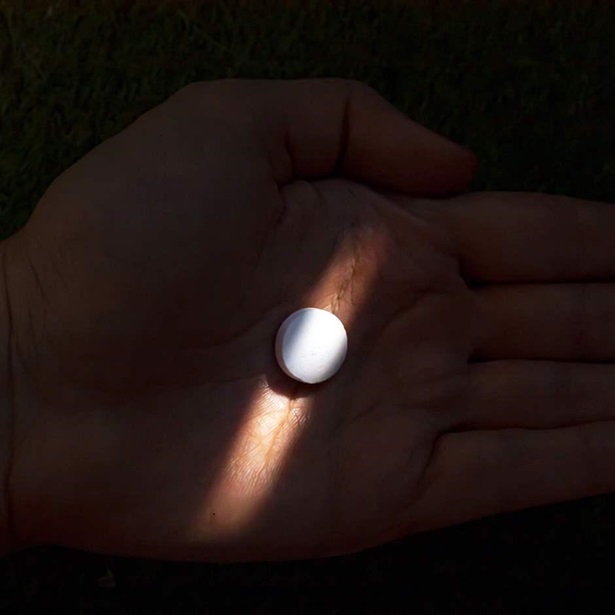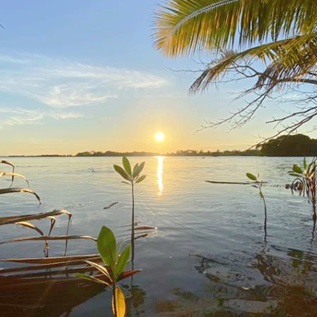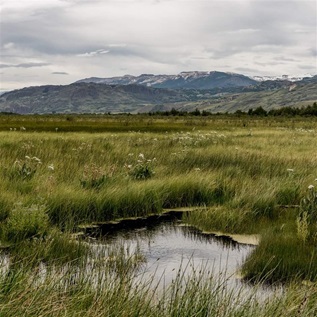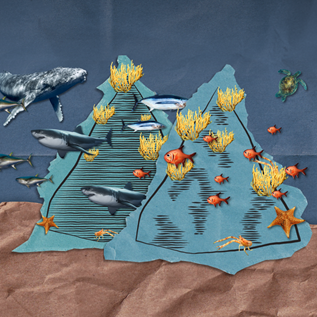The Antiquities Act and America's National Monuments
A timeline of milestones
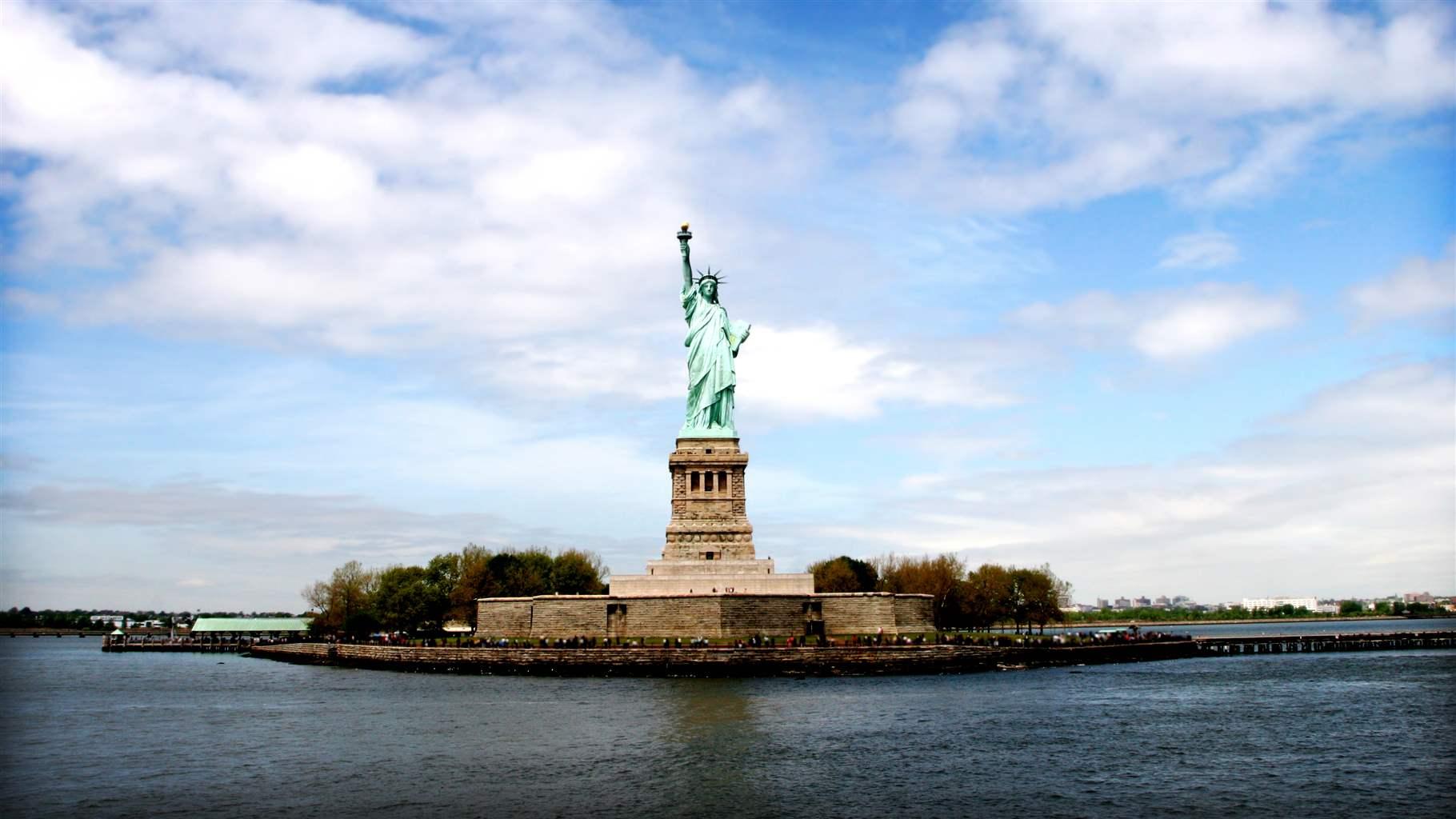
The Antiquities Act, which became law in 1906 after years of debate, has played a rich and enduring role in protecting our nation’s history and heritage. In 1976, Congress reaffirmed its intention to provide the president with land protection authority when it passed the Federal Land Policy and Management Act. The Antiquities Act has been used by 17 presidents from both parties and, more than 100 years after it was created, continues to be a landmark law to safeguard special places for the use and enjoyment of current and future generations.
1906
Congress passes the Antiquities Act, giving presidents the power to designate national monuments.
1908
President Roosevelt designates the 639,200-acre Mount Olympus National Monument, WA.
1915
President Woodrow Wilson reduces the Mount Olympus National Monument by 313,280 acres.1
1920
The U.S. Supreme Court upholds President Roosevelt’s designation of Grand Canyon National Monument in Cameron v. United States.2
1925
President Calvin Coolidge establishes the 1,379,316-acre Glacier Bay National Monument, AK.
1933
President Herbert Hoover designates the 1,601,800-acre Death Valley National Monument, CA.
1936
President Franklin D. Roosevelt establishes the 825,340-acre Joshua Tree National Monument, CA.
1943
President Roosevelt designates the 221,000-acre Jackson Hole National Monument, WY.
1945
A U.S. District Court upholds the establishment of Jackson Hole National Monument in Wyoming v. Franke.3
1976
Congress passes the Federal Land Policy Management Act (FLPMA) and leaves the Antiquities Act untouched.4
1976
The U.S. Supreme Court finds that the Antiquities Act gives the president authority to protect species and habitat as “objects of scientific interest” in Cappaert v. United States.
1978
President Jimmy Carter uses the Antiquities Act to create 17 national monuments, providing interim protection for 56 million acres of public land in Alaska.
1978
The U.S. District Court for the District of Alaska holds that the National Environmental Policy Act does not apply to a president’s actions under the Antiquities Act.
1980
The Alaska National Interest Lands Conservation Act (ANILCA) provides additional conservation for many lands protected by President Carter under the Antiquities Act.
1996
President Bill Clinton establishes the 1,700,000-acre Grand Staircase- Escalante National Monument, UT
1996
Federal legislation to limit the president’s authority under the Antiquities Act fails in Congress.
2000
President Clinton establishes the 327,769-acre Giant Sequoia National Monument, CA
2000
Federal legislation to limit the president’s authority under the Antiquities Act fails in Congress.
2001
President George W. Bush requests that the Interior Department review all national monuments designated by President Clinton.
2001
Interior Secretary Gale Norton reviews Clinton monuments, recommends no changes.
2002
Federal court upholds President Clinton’s designation of the Giant Sequoia National Monument in Tulare County v. Bush.5
2004
Federal court upholds designation of Grand Staircase-Escalante National Monument.6
2006
President Bush designates the 582,578-square-mile Papahānaumokuākea Marine National Monument in the Pacific Ocean.
2009
President Bush designates the 13,436-square-mile Rose Atoll National Monument in the Pacific Ocean.
2014
President Barack Obama establishes the 496,330-acre Organ Mountains-Desert Peaks National Monument, NM.
2015
President Obama designates the 704,000-acre Basin and Range National Monument, NV.
2016
President Obama designates the 1,600,000-acre Mojave Trails National Monument, CA.
2016
President Obama establishes the 1,350,000-acre Bears Ears National Monument, UT.
2017
President Donald Trump directs Interior Secretary Ryan Zinke to review 27 land and marine monuments designated since 1996. Zinke releases final report of review of monument designations.
2017
President Trump announces significant reductions to Bears Ears and Grand Staircase- Escalante national monuments in Utah.
2018
President Trump designates Camp Nelson National Monument in Kentucky.
Endnotes
- The courts were never asked to rule on the president’s authority to reduce the national monument.
- The decision established that the Grand Canyon is an object of scientific interest and confirmed the use of executive authority to protect it.
- The Supreme Court upheld President Franklin D. Roosevelt’s designation of Jackson Hole National Monument and found that courts have “limited jurisdiction to investigate and determine” whether a presidential proclamation under the Antiquities Act is unreasonable.
- The Federal Land Policy and Management Act (FLPMA) repealed the executive branch’s public lands withdrawal authority in 29 statutes. Congress also prohibited the secretary of the interior from modifying or revoking any monuments created by executive action under the Antiquities Act.
- The federal court held that the protection of ecosystems and scenic vistas is an appropriate use of the president’s Antiquities Act authority, which “is not limited to protecting only archeological sites.”
- The federal court rejected claims that the monument was too large and that the Antiquities Act was intended to be limited to protecting man-made objects.

